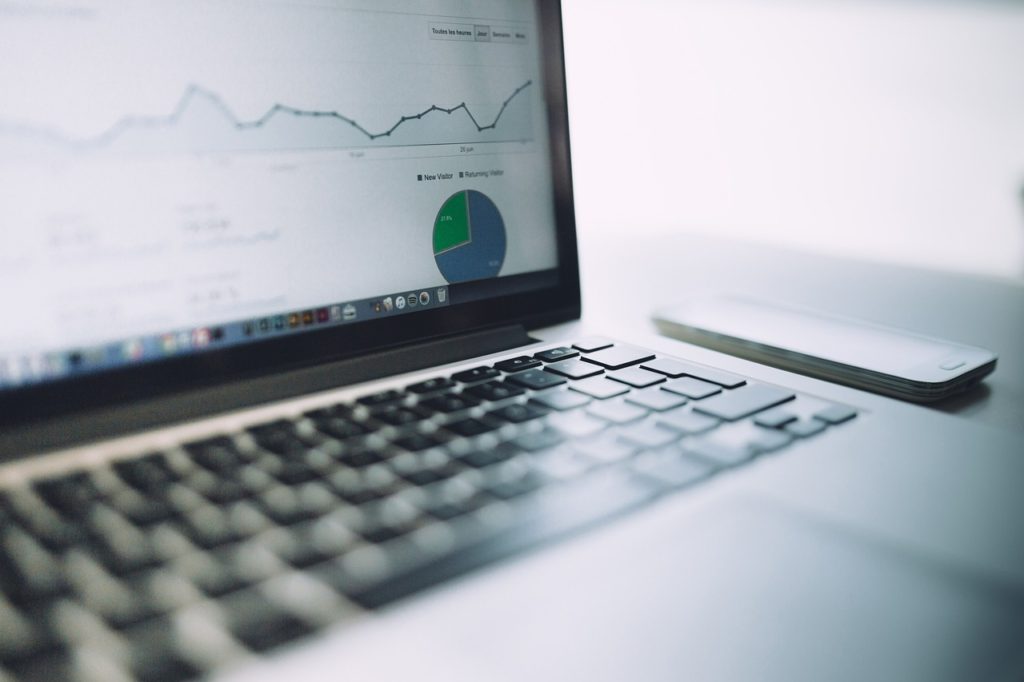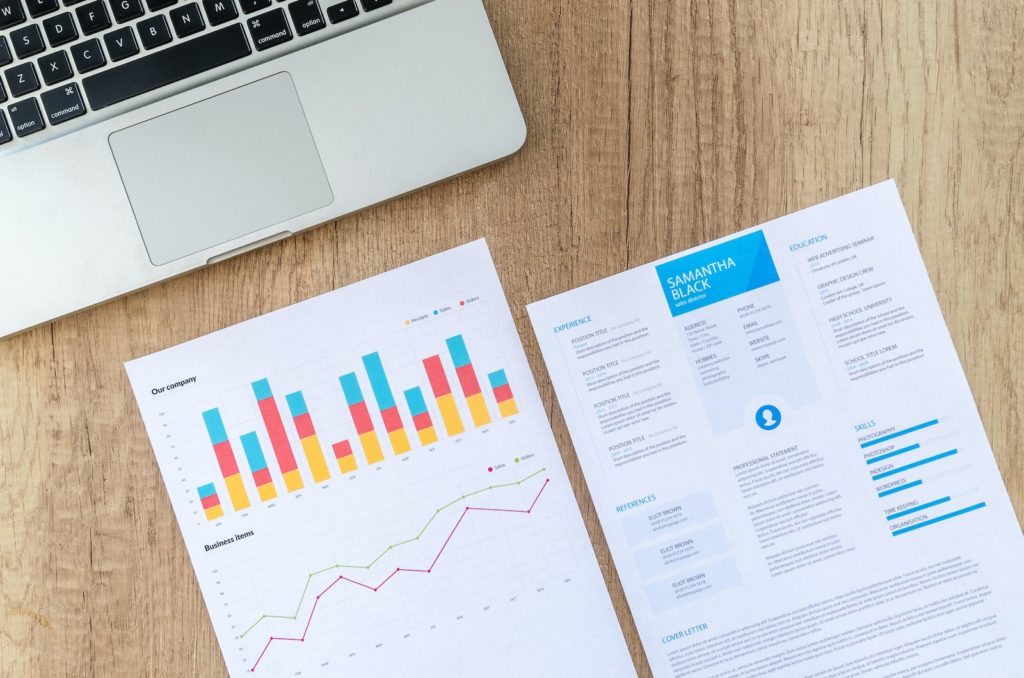Predictive analytics is a powerful tool for retail businesses looking to gain an edge in today’s competitive market. By utilizing predictive analytics, retailers can identify trends and patterns in their customer data, providing insight into how customers interact with their products and services. This allows them to make strategic decisions that optimize the customer experience and drive sales.

Predictive analytics in retail utilizes data-driven models to predict future events or outcomes based on past behavior and trends. For example, a retailer may use predictive analytics to determine which products are likely to be popular among their target audience soon. By understanding what customers are likely to buy and when they are likely to buy it, the retailer can better plan for upcoming promotions or stock up on inventory accordingly.
Predictive analytics can be used to create personalized experiences for individual customers based on their past behaviour and preferences. This helps retailers tailor content specifically for each user to maximize engagement and increase conversions. Predictive models can also be used by retailers to better understand the impact of different marketing campaigns so they can adjust strategies accordingly and improve results over time.
Predictive analytics provides valuable insight into customer sentiment so retailers can more effectively respond when needed; this helps build trust with customers while boosting loyalty over time.

Benefits of Predictive Analytics
Predictive analytics is a powerful tool that businesses can use to gain valuable insights into their customers, operations, and other aspects of their organization. It has become increasingly popular in recent years as companies have come to recognize its potential for helping them make better decisions. Predictive analytics is the process of using data and algorithms to identify patterns and trends to predict future outcomes. By leveraging predictive analytics, businesses can make more informed decisions about their customers, operations, marketing strategies, and more.
The primary benefit of predictive analytics is that it allows businesses to anticipate customer behaviour before it happens. This enables them to plan for changes in the market or adjust their strategies accordingly. For example, by analyzing past purchase history data they can determine which products are likely to be popular among certain demographics or at certain times of the year allowing them to plan for product launches or promotions accordingly. Additionally, predictive analytics can help companies better understand customer preferences by identifying patterns between different types of purchases or behaviours over time. This insight can inform more effective marketing campaigns and product offerings tailored specifically towards different types of customers ultimately leading to higher revenue growth for the business as a whole.
Conclusion
In conclusion, predictive analytics in retail is a powerful tool that can be used to gain insights into customer behavior and uncover valuable opportunities. It provides retailers with invaluable information that can be used to optimize operations, increase sales, and improve customer service. By leveraging predictive analytics, retailers can not only create more efficient strategies but also make better decisions that ultimately lead to increased profits.











